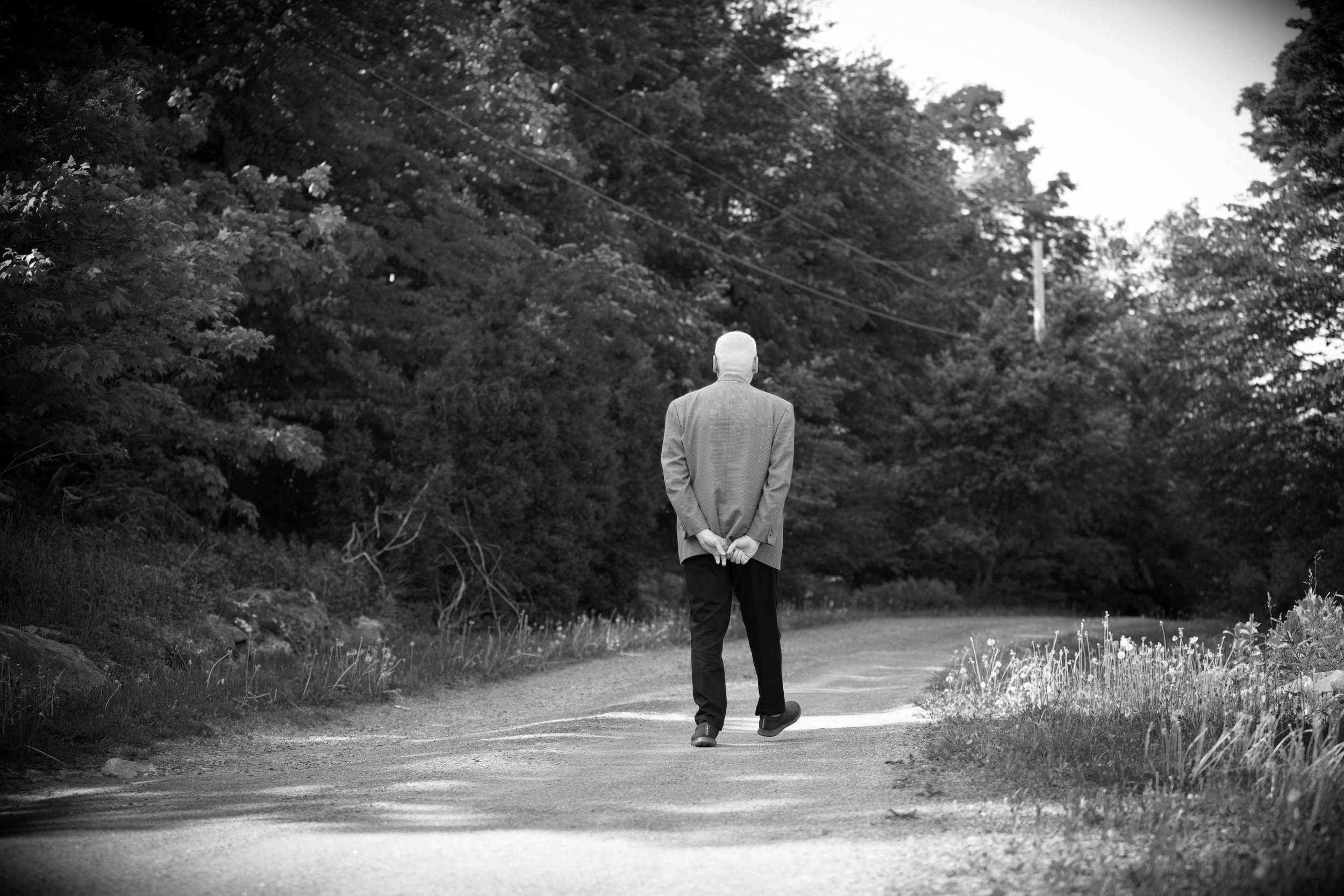
Welcome to my Blog
Thank you for stopping by. This space is where I share research, reflections, and practical tools drawn from my experience as a marriage and family therapist.
Are you a couple looking for clarity? A professional curious about the science of relationships? Or simply someone interested in how love and resilience work? I’m glad you’ve found your way here. I can help with that.
Each post is written with one goal in mind: to help you better understand yourself, your partner, and the hidden dynamics that shape human connection.
Grab a coffee (or a notebook), explore what speaks to you, and take what’s useful back into your life and relationships. And if a post sparks a question, or makes you realize you could use more support, I’d love to hear from you.
Be Well, Stay Kind, and Godspeed.
~Daniel
P.S.
Feel free to explore the categories below to find past blog posts on the topics that matter most to you. If you’re curious about attachment, navigating conflict, or strengthening intimacy, these archives are a great way to dive deeper into the research and insights that I’ve been sharing for years.
- Attachment Issues
- Coronavirus
- Couples Therapy
- Extramarital Affairs
- Family Life and Parenting
- How to Fight Fair
- Inlaws and Extended Families
- Intercultural Relationships
- Marriage and Mental Health
- Married Life & Intimate Relationships
- Neurodiverse Couples
- Separation & Divorce
- Signs of Trouble
- Social Media and Relationships
- What Happy Couples Know
Narcissistic & Borderline Parents…
On the couples therapy couch, I sometimes see the dynamic between a narcissist and someone with borderline personality disorder (BPD).
This can significantly impact their relationship.. and future intimacy for meaningful intimacy for their children….
Let’s discuss the intricacies of this dynamic and how it shapes the familial landscape, drawing insights from a family therapist's perspective...
Connection vs Attachment…
Understanding the nuances between connection and attachment is pivotal in romantic relationships.
These terms often intermingle, yet they represent distinct aspects of relational dynamics.
Relationship thought leaders and empirical research shed light on the disparity between romantic connection and attachment, unraveling the complexities that underlie successful partnerships…
What is Material Deprivation?
Material deprivation, a crucial concept in both sociology and economics, refers to the inability of humans or households to afford basic goods and services necessary for an adequate standard of living.
It encompasses various dimensions such as lack of access to adequate housing, nutritious food, healthcare, education, and essential utilities like water and electricity.
This deprivation can severely impact human well-being, opportunities, and overall quality of life…
The 4 Stages of Infant Attachment…
Attachment theory, pioneered by John Bowlby explains how humans bond.
A pivotal study conducted by Shaffer and Emerson in 1964 in Glasgow offers valuable insights into the stages of infant attachment and how they influence later development.
Over the last 60 years, the findings have been replicated again and again…
Specific Interventions for Healing Avoidant Attachment…
Research reveals that approximately 25% of folks exhibit traits of Avoidant Attachment.
However, there's hope for improvement through simple yet effective exercises that foster intimacy.
A groundbreaking study conducted by renowned New York psychologist Professor Arthur Aron uncovered promising results…
The “how-to” of shifting to a more Secure Attachment Style…
Shifting from an insecure Attachment Style to a Secure one is a profound journey that involves intentional reprogramming of the nervous system and a deep understanding of oneself and relational dynamics.
Boyd's OODA loop, a concept originating from military strategy… but widely applied in various fields, including psychology and decision-making, can serve as a useful framework in this process.
The loop consists of four stages: Observe, Orient, Decide, and Act. Let's map these stages onto the intentional journey of shifting your Attachment Style...
Cognitive Errors of each Attachment Style…
In couples therapy, recognizing and addressing cognitive errors associated with each attachment style is paramount for fostering healthy communication and intimacy.
Let's explore the cognitive errors of each attachment style through the lens of a couples therapist, drawing insights from attachment science thought leaders…
The Anxious-Preoccupied Attachment and Dismissive-Avoidant Relationship...
When partners with Anxious-Preoccupied and Dismissive-Avoidant attachment styles come together in a relationship, a dance of push and pull ensues.
The Anxious-Preoccupied partner's insatiable need for closeness clashes with the Dismissive-Avoidant partner's reluctance to engage emotionally, creating a dynamic fraught with tension and misunderstanding.
10 Signs that you have an Avoidant Attachment Style…
Among the various Attachment Styles identified by researchers, Avoidant Attachment is one of the less discussed yet profoundly impactful styles.
Often misunderstood as mere dismissiveness, Avoidant Attachment entails complex emotional dynamics that influence how humans interact with others.
Let’s explore the 10 signs that may indicate you have Avoidant Attachment…
13 Signs that you have Anxious Attachment…
Anxious Attachment, one of the three main attachment styles identified in Attachment Theory, can significantly impact how humans approach and experience relationships.
If you find yourself constantly grappling with insecurity, fear, and a longing for closeness in your relationships, you might resonate with the signs of Anxious Attachment.
Here are 13 signs…
10 Signs that you have Secure Attachment…
Attachment theory provides valuable insights into how individuals form and maintain connections with others.
Here are 10 Signs of Secure Attachment: Insights from Attachment Science Experts… How Many Do You Have?
Disorganized Attachment and Narcissism…
Disorganized Attachment and Narcissism are two complex psychological constructs that have garnered significant attention in both clinical psychology and attachment science.
While Disorganized Attachment pertains to inconsistent and often chaotic relational patterns stemming from early caregiver experiences, Narcissism involves an inflated sense of self-importance and a lack of empathy…











